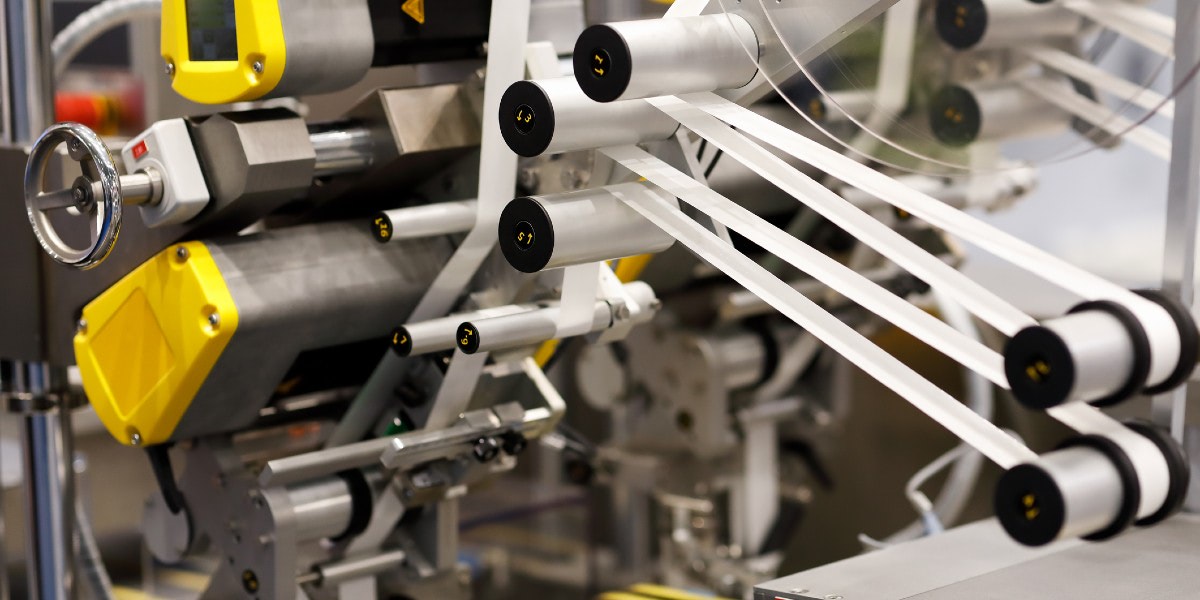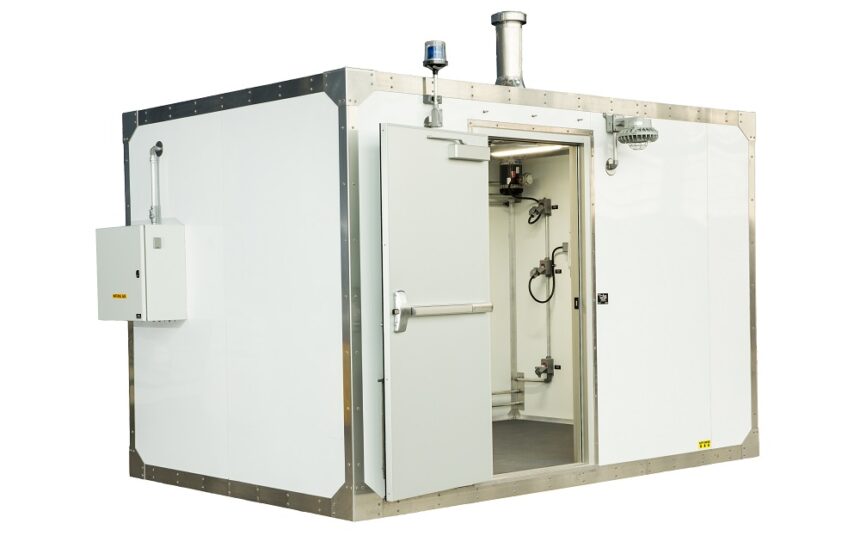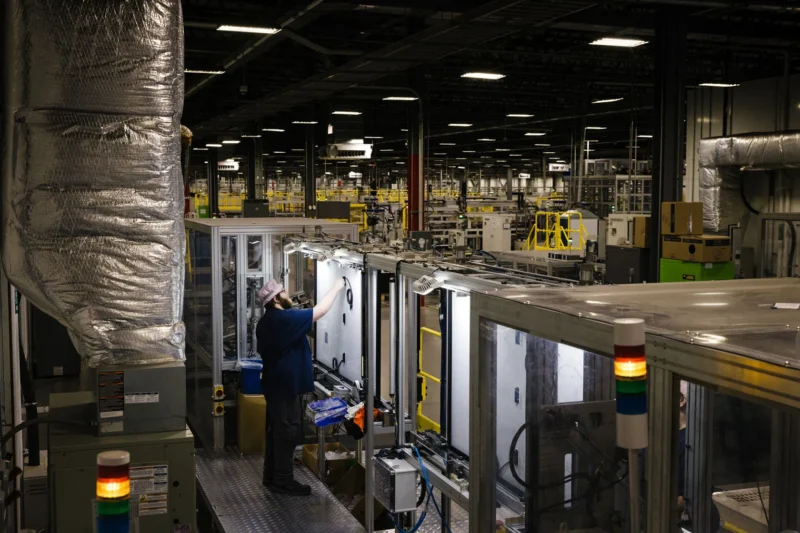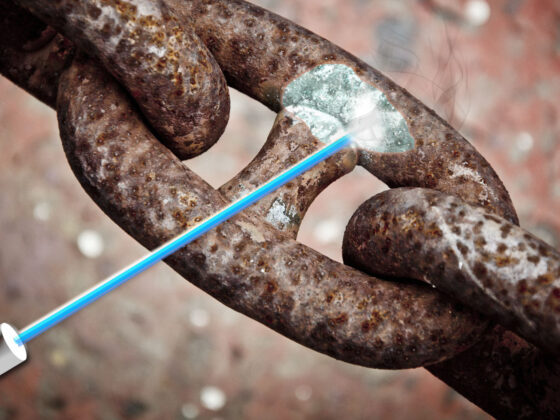When it comes to data accuracy, quality control chambers are essential. These chambers protect any experimental environment from external influences and guarantee the highest level of accuracy in results.
With a variety of features, high-quality control chambers provide reliable precision monitoring for research and development operations. This article will explore the key features of these quality control systems and how they ensure accurate data collection and analysis.
Robust Performance Monitoring
Robust performance monitoring is essential to ensure the accuracy of data in high-quality control chambers. The ability to detect any issues that may arise quickly and efficiently allows for rapid corrective action, preventing the generation of incorrect results or inaccurate readings.
To ensure optimal performance, sophisticated monitoring systems must be in place that are capable of detecting even minor changes in temperature, pressure, and other critical parameters on a continual basis. This requires an advanced interface with real-time reporting capabilities as well as automated alerts when preset thresholds are exceeded.
Additionally, regular calibration checks should be conducted to confirm that the instrumentation is functioning properly and remains accurate over time. By investing in robust performance monitoring technologies for their control chambers, organizations can rest assured that their data will remain reliable and precise regardless of fluctuations within their environment.
Automated Quality Assurance and Control Systems

When it comes to ensuring data accuracy in high-quality control chambers, automated quality assurance and control systems play a key role. These systems monitor the environment within the chamber, including variables such as temperature, humidity, pressure, and gas concentration.
They also continuously evaluate equipment performance through real-time testing to identify any issues that may arise during operation. Automated systems provide more accurate results than manual methods with less time spent on data collection due to their higher levels of automation.
Additionally, they can be programmed for specific tasks or scenarios which allow for a greater degree of customization when compared with conventional methods. Furthermore, these systems are often equipped with advanced statistical algorithms that aid in detecting errors quickly and accurately while offering reliable feedback about system performance over time.
By utilizing automated quality assurance and control systems in high-quality control chambers companies can ensure that all relevant criteria are met without compromising accuracy or efficiency.
Advanced-Data Verification Protocols
High-quality control chambers are designed to maintain data accuracy by incorporating advanced data verification protocols. These protocols help ensure that the data generated and stored in the chamber meets all requirements, while also providing a secure environment for sensitive information.
For instance, some of these protocols include multi-factor authentication (MFA) and digital signature technology, which provide an extra layer of security beyond standard username/password combinations. In addition, advanced encryption algorithms can be used to protect confidential communications between devices within the chamber or even across networks connected to it.
Furthermore, these systems may employ additional methods such as biometric scanning (e.g.
, facial recognition) or automated audit trails that track user activity over time and alert administrators if suspicious behavior is detected. All of these measures work together to create a comprehensive solution for protecting valuable data from unauthorized access and manipulation – ensuring its accuracy every step of the way.
Secure Storage & Retrieval Solutions

Data accuracy is essential in the operation of high-quality control chambers. Secure storage and retrieval solutions provide increased data protection, enabling businesses to ensure their data remains accurate and secure. From utilizing encryption protocols to leveraging cloud-based backups, these techniques can be used to maintain a high level of security for sensitive information.
Furthermore, automated processes can be employed to detect potential threats before they cause disruption or damage. By implementing these measures, companies can rest assured that their critical data will remain safe while being accurately stored and easily retrieved when needed.
Conclusion
Control Chambers are essential in ensuring the accuracy of data. They provide a level of control over environmental conditions such as temperature, humidity, and pressure which makes them ideal for testing sensitive equipment or monitoring process variables.
High-quality Control Chambers feature advanced design principles, superior materials, and excellent construction to ensure reliable performance in extreme environments. With these features, Control Chambers can guarantee that data is accurate and can be trusted by users.


